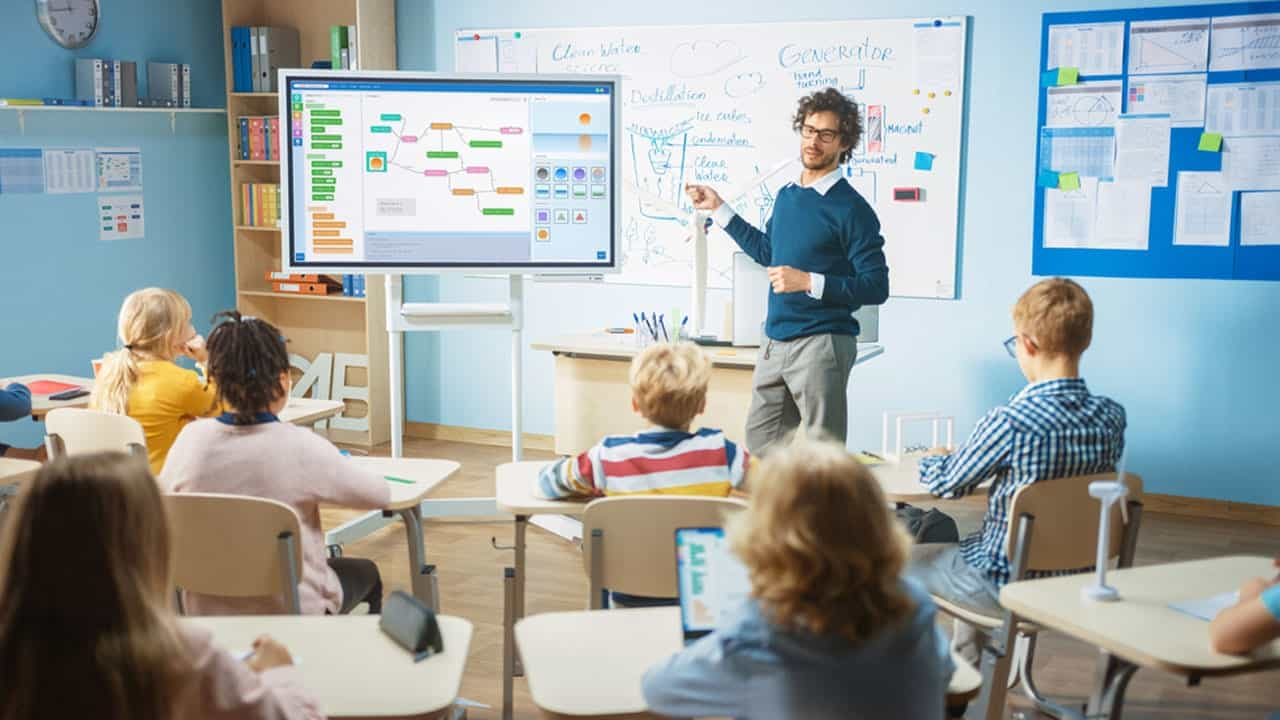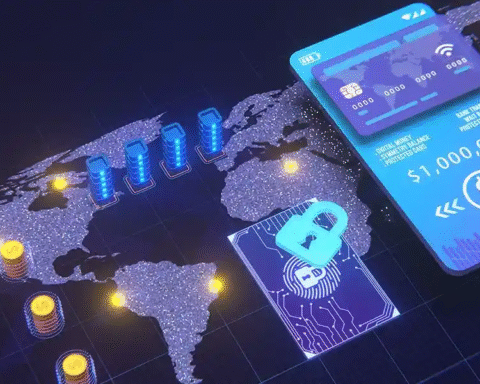The landscape of education has always evolved with the tools that teachers use in classrooms.
From chalkboards to overhead projectors, and later traditional whiteboards, each step has brought more opportunities for learning.
Today, smartboards are among the most impactful innovations in education. They not only improve teaching strategies but also provide interactive and immersive experiences that foster student engagement.
The Evolution of Classroom Technology
For decades, chalkboards defined classroom learning. While simple, they were often messy, limited in functionality, and non-interactive. Whiteboards solved the issue of chalk dust, but they were still static tools.
The arrival of the HKMLC Smart whiteboard transformed this environment. Unlike traditional boards, these interactive displays integrate digital technology with teaching methods. Teachers can combine writing, videos, images, and interactive activities in one seamless experience.
This evolution is more than just a change in hardware; it represents a complete shift in how knowledge is delivered and consumed.
Benefits of Smartboards in Education
1. Interactive Learning
Smartboards make lessons more engaging by encouraging students to actively participate. Instead of passively listening, students can solve problems on the board, drag and drop images, or interact with simulations. This hands-on approach helps improve memory retention.
2. Multi-Sensory Experiences
Different students learn in different ways. Some prefer visual content, others respond better to auditory input, while some excel through physical interaction. Smartboards combine text, images, video, sound, and touch, catering to all types of learners.
3. Access to Digital Resources
Smartboards connect directly to the internet. Teachers can access educational platforms, videos, articles, and eBooks instantly. This real-time access helps them enrich their lessons without needing printed material.
4. Improved Collaboration
Group work becomes smoother with smartboards. Students can brainstorm ideas together, write on the board simultaneously, or engage in collaborative games and activities. This builds teamwork and critical thinking skills.
5. Efficient Teaching
With smartboards, teachers can save lessons, share files with students, and reuse content. This saves preparation time and ensures lessons are consistent across classes.
How Smartboards Impact Teachers
While smartboards are designed to benefit students, they also make a teacher’s role more dynamic. Educators can:
- Visualize concepts more easily with diagrams, charts, and animations.
- Accommodate different learning speeds by replaying lessons or offering recorded sessions.
- Create an inclusive environment by supporting students with special needs through accessible tools.
- Engage students instantly with real-time questions, polls, and quizzes.
This level of interactivity helps teachers maintain student attention, even in long lessons.
Smartboards and Student Engagement
HKMLC interactive whiteboard technology addresses one of the most pressing challenges in modern education: keeping students focused. Traditional methods often fail to capture attention in an age dominated by digital devices. Smartboards bridge this gap by blending the classroom with technology students already love.
For instance, a history lesson can be transformed into an interactive timeline where students click on dates to explore events. A math class can turn into a game-like challenge where students compete to solve equations on the board. These interactive methods make learning enjoyable, reducing boredom and increasing curiosity.
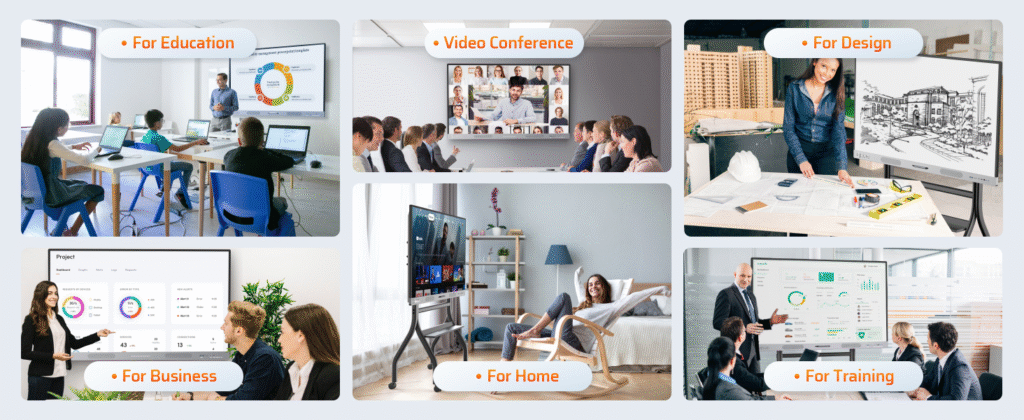
Smartboards for Different Subjects
Science
In science classes, smartboards bring experiments to life. Teachers can show virtual lab experiments, highlight chemical reactions step by step, and even display 3D models of cells or planets.
Mathematics
Complicated equations become easier with visual explanations. Graphs, geometric shapes, and interactive problem solving encourage participation and help students visualize abstract concepts.
Literature and Languages
Smartboards allow teachers to annotate texts, highlight vocabulary, and play audio clips of pronunciation. Language learners can practice writing characters or form sentences directly on the board.
Social Studies
Interactive maps, videos of historical events, and data charts help students understand culture, politics, and geography in context.
Art and Creativity
Students can draw, paint, and create projects directly on the smartboard, making art lessons digital and collaborative.
Advantages Over Traditional Methods
- Dynamic Content Delivery: Instead of static notes, lessons become visually rich.
- Interactive Testing: Instant quizzes help teachers assess student understanding on the spot.
- Collaboration Beyond the Classroom: Notes and lessons can be saved and shared digitally.
- Adaptability: Smartboards can adapt to both in-person and online teaching, especially useful in hybrid learning environments.
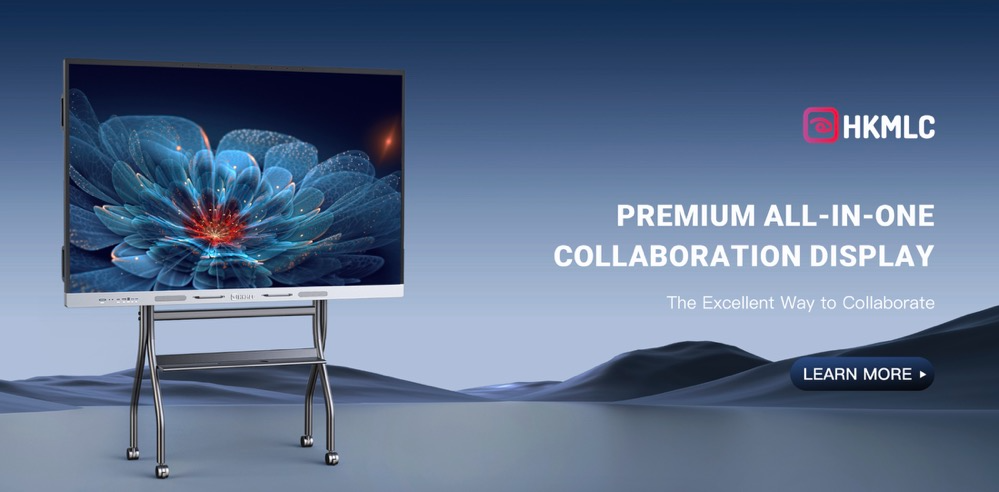
Challenges of Implementing Smartboards
While the benefits are numerous, some schools face challenges when adopting smartboards:
- Cost: Initial investment can be high. However, long term savings in teaching materials and improved outcomes often outweigh the cost.
- Training: Teachers need proper training to use smartboards effectively. Without it, boards may be underutilized.
- Maintenance: Like any technology, smartboards require updates and occasional repairs.
Schools that address these challenges usually experience smoother adoption and greater long term success.
Best Practices for Using Smartboards
- Integrate with Lesson Plans: Use smartboards as tools, not as replacements for teaching.
- Encourage Student Interaction: Let students write, draw, and collaborate directly.
- Balance Technology with Traditional Methods: A mix ensures lessons remain adaptable.
- Update Content Regularly: Keep resources current to maintain engagement.
- Provide Teacher Training: Ensure staff are comfortable and creative with the technology.
Future of Smartboards in Education
As technology continues to advance, HKMLC smartboards are expected to become even more powerful. Integration with artificial intelligence, augmented reality, and cloud-based platforms will open new doors for interactive and personalized learning.
Students may soon collaborate with peers worldwide directly from their classrooms, share projects in real time, and use AI powered tools for instant feedback. Smartboards will remain at the heart of this digital transformation.
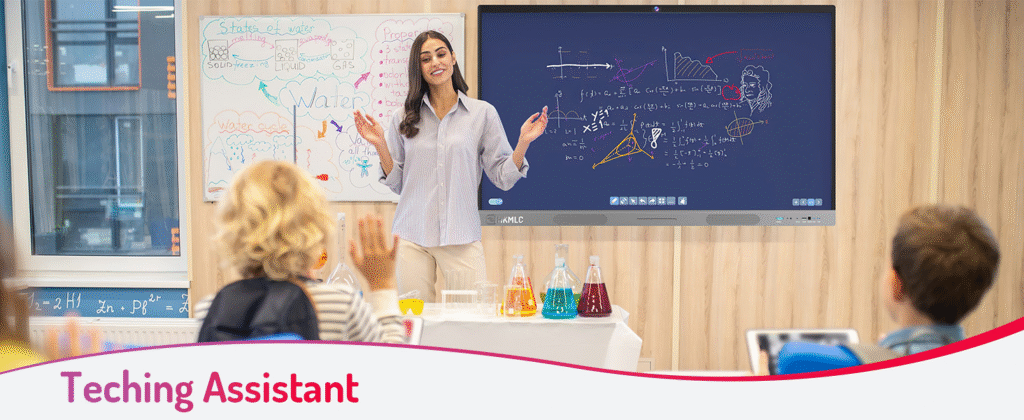
Why Schools Should Adopt Smartboards
The importance of preparing students for a technology-driven future cannot be overstated. Smartboards encourage digital literacy, a crucial skill for higher education and careers. They also create an engaging learning environment where students feel motivated to participate.
Moreover, with the shift toward blended learning, smartboards serve as versatile tools that adapt to both physical and virtual classrooms.
Final Thoughts
Smartboards are not just gadgets; they represent a meaningful shift in how education is delivered. By merging interactive technology with traditional teaching methods, they make learning more dynamic, inclusive, and effective.
Adopting smartboards is an investment in the future of education. Schools that embrace them empower both teachers and students with tools that inspire creativity, critical thinking, and lifelong learning.
Among the available solutions, HKMLC smart whiteboards have become a trusted choice for institutions seeking reliability, advanced features, and ease of use. They embody the future of interactive education, helping schools unlock the full potential of technology in classrooms.
Read More Gorod

